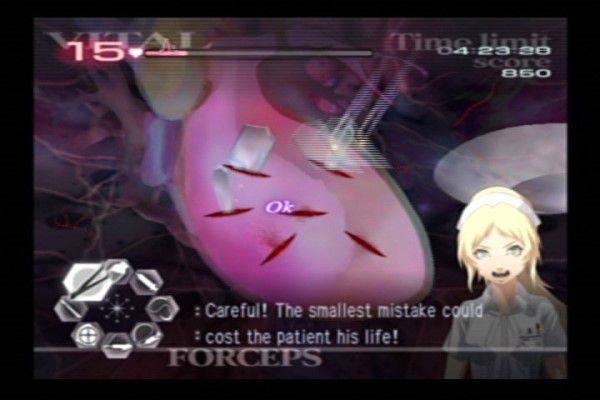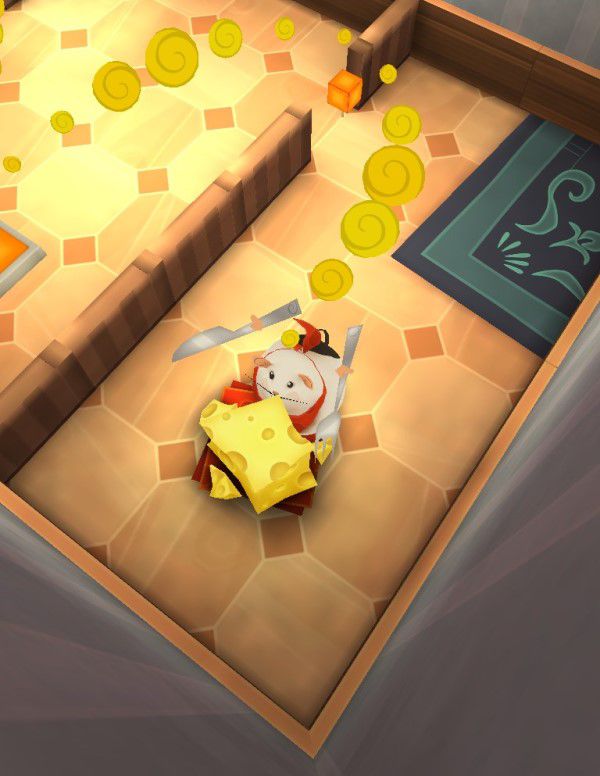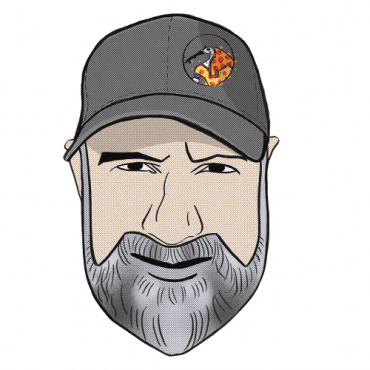What you Like versus What Works in narrative design
- Edwin McRae
What is Like Culture in game development?
I define Like Culture as the approval or rejection of game dev work based on whether the individual appraising that work likes it on a purely emotional level. There’s no reasoned analysis involved, no logical critique. It’s pure gut reaction.
And because Story is an inherently emotional thing, it gets more than its fair share of Like Culture.
I love that scene.
I hate that scene.
Why?
[Shrug] I just do.

This happens quite a lot in story development because story is so universally appreciated that people think they understand how it works on an instinctual level. In truth, there’s nothing instinctual about narrative design. It’s a craft and a science. There are techniques to learn and apply just as there are formulas to learn and apply in mathematics. And when you are in a game development environment where you often have to explain your concepts and stories to the rest of the team, you need to be able to explain how and why a story works. That takes specialized education and a good deal of storytelling experience.
Unfortunately, you will sometimes encounter situations where devs without that specialized education and storytelling experience will weigh in on character and plot with the expectation that their input is equal to or greater than that of the narrative designer’s. This is like asking your friend the astrophysicist to treat your case of leprosy. She might be a consummate rocket scientist, but she’s a rank amateur in medicine.

That’s why “Like” culture is so dangerous in game development. An amateur of narrative design can get their story made through sheer weight of emotional conviction and their seniority in an unrelated area of game dev. Why? Because no-one on that team is expected to analyze their suggestions/work in the cold light of day. It becomes an emotionally charged environment where the loudest squeakers ‘win’ the cheese.

The other, and actually more critical issue, is that the player is completely left out of the equation. “Like” culture ensures that only work that the game dev personally engages with will get made. It’s a “me first’ approach that ignores the wonders of large-sample playtesting and market research. Game design best practices are based on massive numbers of player responses and behaviors. I learned that from working with Path of Exile and other online freemium games like Mana Monsters. The game adapts to the player, not the other way around. Well, if it wants to makes the monies, it does. ;-)
So whether you’re a narrative designer or a game designer, a producer or a programmer, here’s my challenge to you. Understand the tools and best practices of your craft and don’t presume to know the tools and best practices of some else’s craft.
And if you’re going to offer a suggestion or critique, make sure it’s a carefully reasoned one that takes player preferences into account.
In summary...
An amateur makes what they like.
A professional makes what the audience likes.
And the secret to a successful and fulfilling narrative design career is making sure that your personal likes and the audience’s likes align.
Speaking of creating a successful and fulfilling narrative design career, this little book might help with that. ;-)

About Edwin McRae
Edwin is a narrative consultant and mentor for the games industry.
